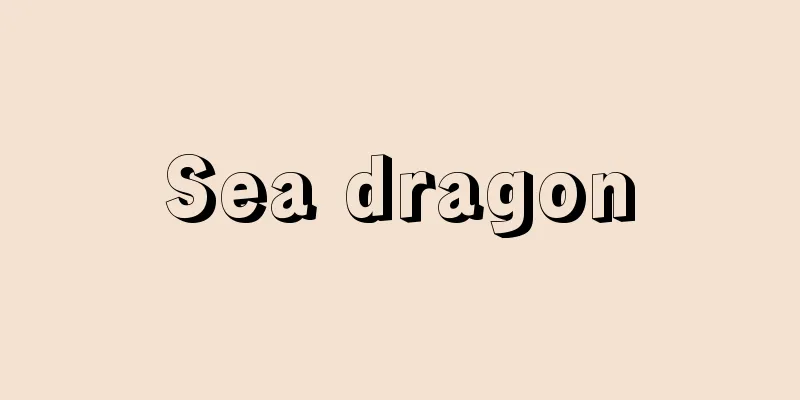Condor

|
(1) Vultur gryphus; Andean condor. Family Vulture family. Males are the largest flying birds, with a total length of 1.3 m and a wingspan of over 3 m. Females are slightly smaller than males. Adults have bare, purple-black skin on their heads. They have a cockscomb-like wattle on their heads and throats. The feathers covering the upper neck are white. Their plumage is mostly black except for large white spots on their wings. They are scavengers that mainly hunt for dead animals, and can travel more than 200 km a day in search of prey. They are found in a wide range of habitats, from the Andes Mountains in western South America to the coastal areas, and as far south as the tip of Argentina. Their population has declined dramatically in recent years, and they have become extinct in some areas. (2) Cathartidae; new world vultures A general term for birds of the family Vultureidae. They are about 60-130 cm long and consist of seven species. Their heads are featherless and bare. Their wings are long and wide, allowing them to soar through the sky by catching updrafts. All extant species are found in the New World, from southern Canada to South America. They are considered to be birds of prey corresponding to the vultures found in the Old World because of their large size and scavenging, but the relationship between the two is distant. Most birds have a poorly developed sense of smell, but the turkey vulture , Cathartes aura , has a highly developed sense of smell and can use it to find carrion in forests. Other species use their eyes to find prey. The California condor, Gymnogyps californianus , is endangered, and the last wild specimen was captured in 1987 for captive breeding. Some birds have been kept in captivity for some time, and captive breeding has been successful. Today, they have been released back into the wild, and as of 2011, there are approximately 200 of them living in the wild. Their decline in the wild is due in part to their having been shot, and in part to their eating animals that had been poisoned or shot with lead, which reduced their reproductive ability. Today, they often feed on the carrion of livestock and animals that have washed up on shore. Condor |
|
(1) Vultur gryphus; Andean condor タカ目コンドル科。雄は全長 1.3m,翼開張 3mをこえ,飛ぶ鳥では最大級種。雌は雄よりやや小型。成鳥の頭部の皮膚は裸出し紫黒色。頭上と喉に鶏冠のような肉垂がある。上頸部のまわりを覆う羽毛は白い。羽色は翼に大きな白斑模様があるほかはほとんど黒い。おもに死んだ動物をあさる腐食者で,獲物を求めて 1日に 200km以上も移動することがある。南アメリカ西部のアンデス山脈から沿岸域にかけて,南はアルゼンチンの先端まで広く分布する。近年激減し,絶滅した地方もある。 (2) Cathartidae; new world vultures タカ目コンドル科の鳥の総称。全長約 60~130cmで,7種からなる。頭部は羽毛がなく,皮膚が裸出している。翼は長くて幅が広く,上昇気流をとらえて大空を帆翔する。現生種はいずれもカナダ南部から南アメリカの新世界に分布し,大型であること,腐食性であることから旧世界に分布するハゲワシに対応する猛禽類とされるが,両者の類縁関係は離れている。鳥類の多くは嗅覚が発達していないが,ヒメコンドル Cathartes aura は嗅覚がかなり発達し,森林内などにある腐肉を嗅覚で探すことができる。ほかの種は視覚で獲物を探している。カリフォルニアコンドル Gymnogyps californianus は絶滅に瀕し,最後の野生の個体が 1987年に飼育繁殖のために捕獲された。以前から飼育されていた鳥もおり,飼育下での繁殖は成功している。今日では野生にも戻され,2011年現在およそ 200羽が野生で暮らしている。野生での減少は銃で撃たれたことのほか,毒殺あるいは鉛を含む銃弾で射殺された動物を食べ,繁殖力が衰えたことが一因である。今日では家畜や海岸に打ち上げられた動物の死肉を食べることが多い。 コンドル
|
<<: Marie-Jean-Antoine Nicolas de Caritat, Marquis de Condorcet
>>: Contrabass - English: Contrabass (English spelling)
Recommend
Osaka Railway
...Other freight lines include an 11.3km branch l...
Aneroid blood pressure monitor - Aneroid blood pressure monitor
...A mercury sphygmomanometer indicates the cuff ...
Asian finfish - Asian finfish
...General term for birds of the Heliornithidae f...
Galati
A port city in southeastern Romania, about 140 km ...
Goodyera procera (English spelling) Goodyera procera
… [Ken Inoue]. … *Some of the terminology that me...
Three tools
Three types of weapons used to arrest criminals in...
Ichiro
A term used to count the seniority of officials, w...
Tamamushi Sadayu
Year of death: 9th May 1869 (Meiji 2) Year of birt...
Danshi - Danshi
It is a type of Chinese folk music and art, also ...
Weeper
… Hoods and veils have been used since the Middle...
Sir Arthur Stanley Eddington
British astronomer and theoretical physicist. Bor...
Oyster Island
A group of sandbars located off the coast of centr...
Aigaki group
...There are large joints, half joints, and more....
bobtail
...The coat color is white on the head, neck, che...
Kibana Mokuwanju - Kibana Mokuwanju
... B . purpurea L. (also known as Murasakisosink...









